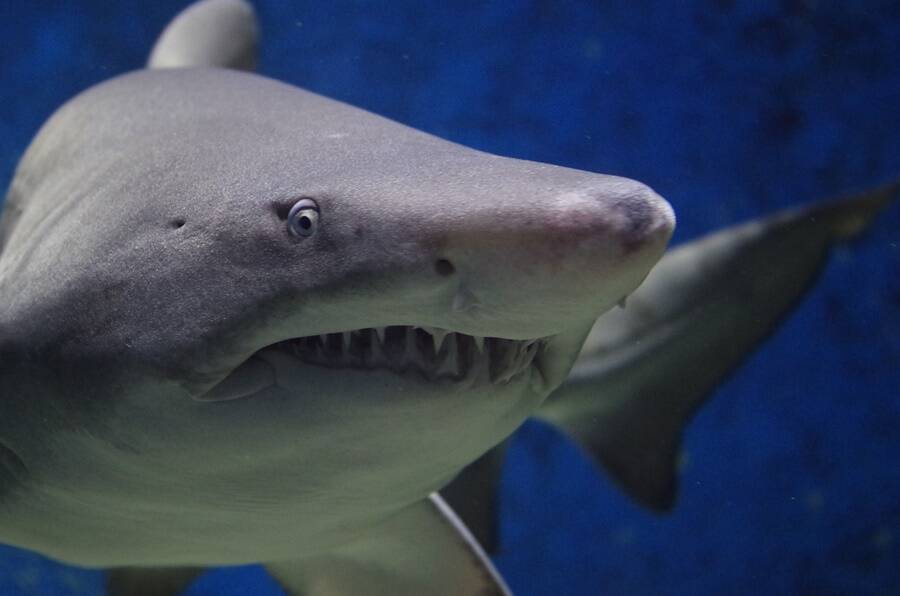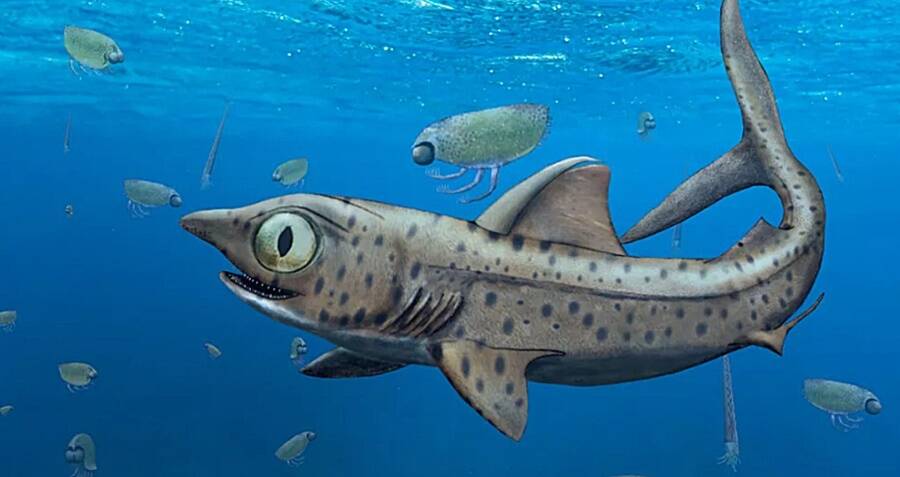Ancient Shark Jaw Twist Reveals a Surprising Hunting Secret Lost for 370 Million Years

PixabayThe F. oukherbouchi was unable to quickly regrow lost teeth like modern sharks do.
The remarkable jaw pattern movement, scientists wrote, was unlike anything ever found in any living fish to date.
One living shark species that has a similarly shocking jaw function is the goblin shark, which can expand and retract its jaw to lunge at unsuspecting prey. But the goblin shark’s quirky ability would still be no match for the ferocious feeding behavior of the F. oukherbouchidates.
This rotating jaw disappeared as modern shark species evolved, equipped with speedy tooth regrowth.
The discovery has given researchers a key opportunity to further understand the biological jaw functions in early chondrichthyans, the animal class that includes sharks, skates, and rays.
The new study could also help scientists understand how this specialized combination of jaw motion and tooth placement was distributed across the shark family tree and figure out how the tooth clusters among modern shark species evolved.
Now that you’ve learned about how this prehistoric shark could rotate its jaw, read all about the megalodon, the prehistoric shark 10 times the size of a t-rex. Next, learn about the Greenland shark, the world’s longest-living vertebrate.













Post Comment